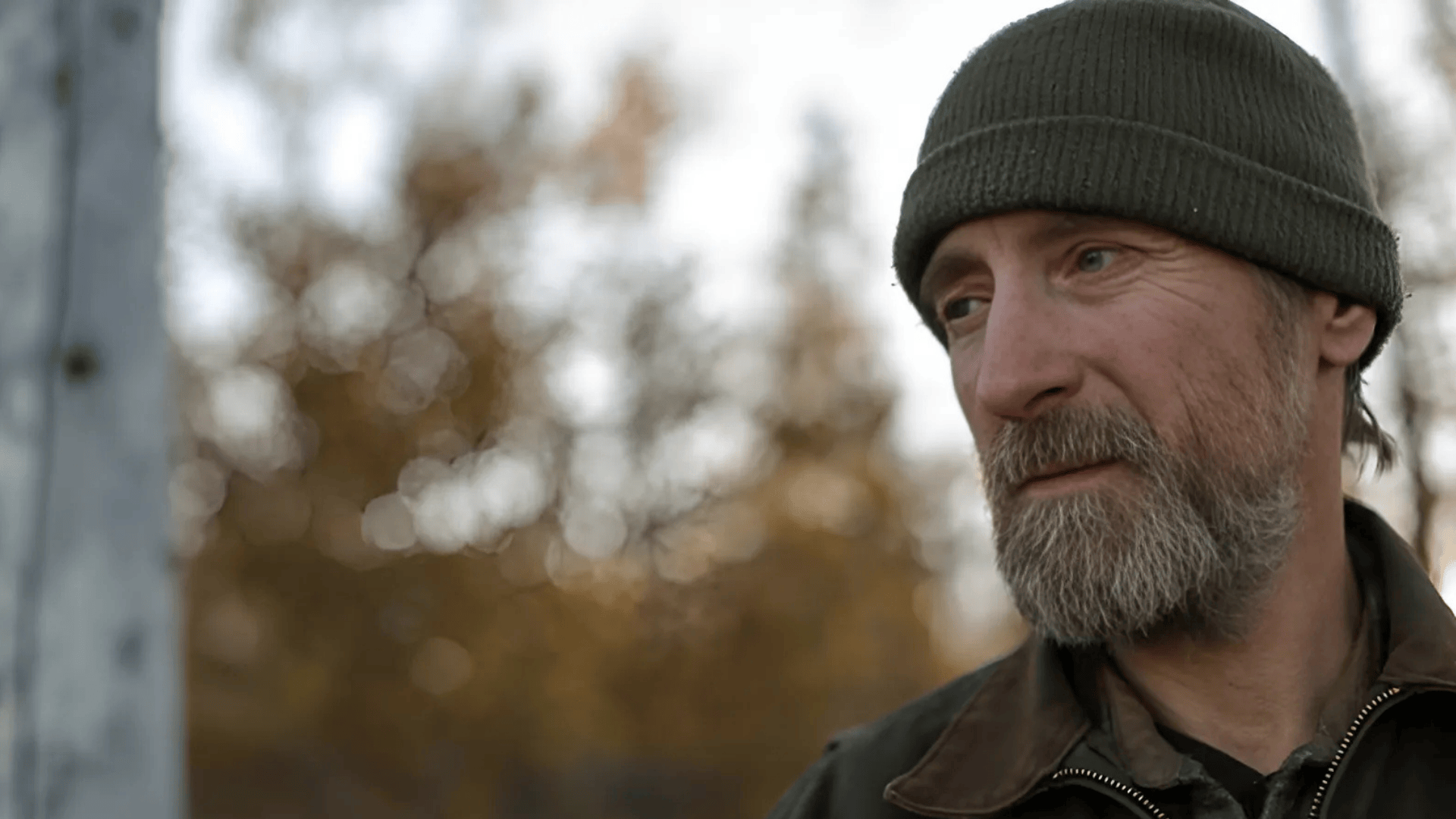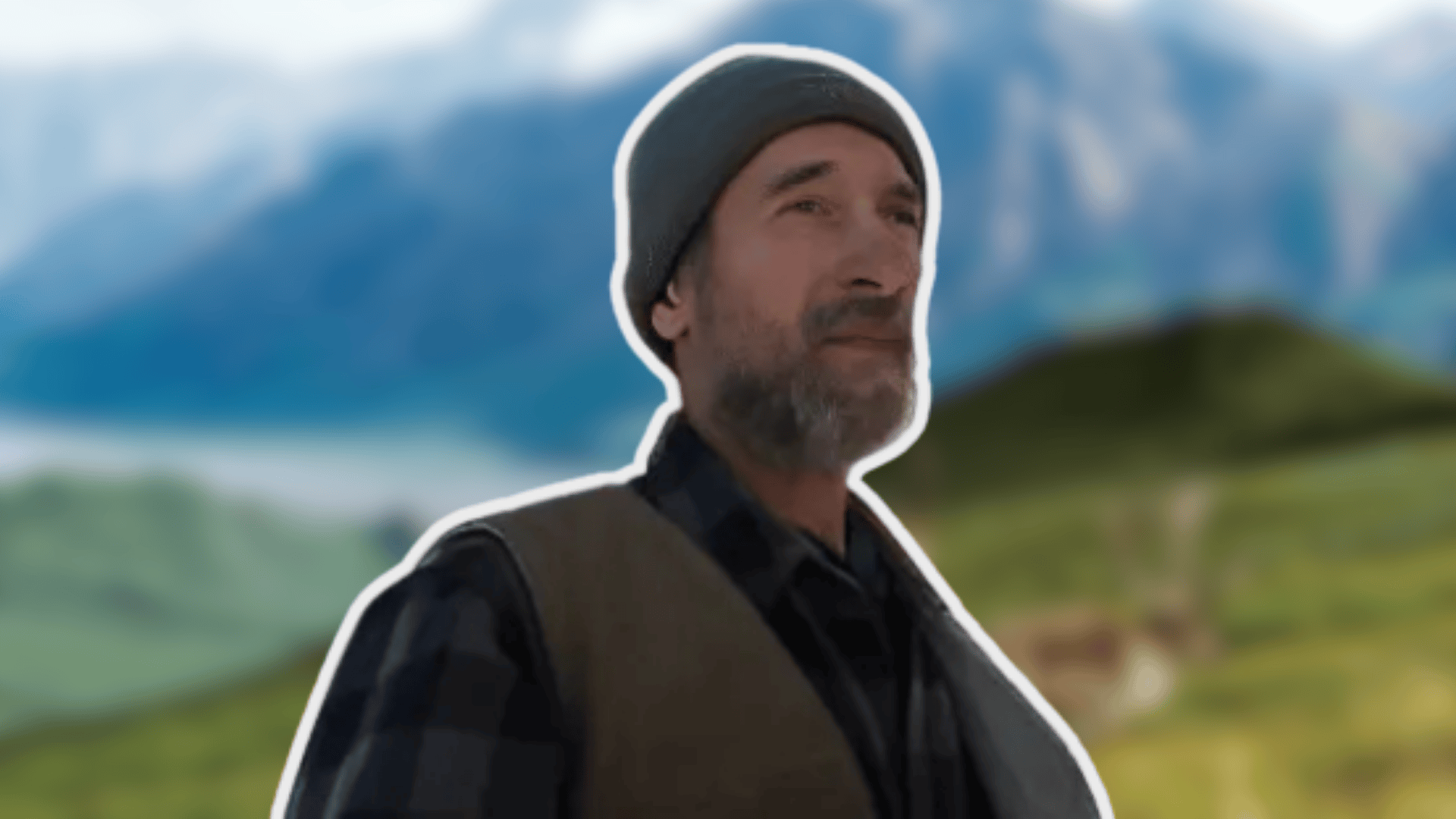Bob Harte, the beloved star of Discovery Channel’s “The Last Alaskans,” charmed audiences with his rugged lifestyle.
His deep connection to Alaska’s wilderness made him a standout figure on the show.
Born January 23, 1951, in Jersey City, Harte became one of the most skilled trappers in Alaska.
He gained popularity through his very risky profession.
His unique pathway from suburban New Jersey to the Arctic National Wildlife Refuge made him a fascinating television personality.
He passed away in 2017 but left behind a lasting legacy that continues to inspire outdoor enthusiasts worldwide.
Last Recorded Net Worth of Bob Harte – $600,000
At the time of his death, sources reported Bob Harte’s net worth to be around $600,000
This was earned largely through his successful career in reality television.
Bob Harte’s financial standing reflected his unconventional lifestyle choices and television career rather than traditional wealth accumulation.
His modest wealth aligned perfectly with his philosophy of simple living and connection to nature.
Unlike many reality TV stars, Harte prioritized sustaining his wilderness lifestyle over accumulating material possessions.
Net Worth Evolution Over Time
Bob Harte’s finances mirrored his life transition from conventional society to wilderness living.
As a young man, he hitchhiked to Alaska in the 1970s and lived a subsistence lifestyle with minimal income.
His wealth was accumulated gradually, primarily through trapping, hunting, and later carpentry work.
A significant boost to his net worth came with his participation in “The Last Alaskans” starting in 2015.
The show ran for three seasons from 2015 to 2017, with eight episodes each, except for the last season, which had 10 episodes.
This television exposure changed his modest trapping income into a more substantial financial foundation.
Here’s how Bob Harte’s Net Worth has evolved:
| PERIOD | ESTIMATED NET WORTH | NOTES |
|---|---|---|
| 1970s–2014 | Minimal income, subsistence living | Income from trapping, hunting, and carpentry; lived off the land. |
| 2015–2017 | Gradual increase; TV income | Earned ~$3,000 per episode on “The Last Alaskans”. |
| 2017–2018 | Estimated up to $600,000 | Public estimates suggest that the net worth reached approximately $600,000 due to TV and book royalties. |
Bob Harte’s Diversified Investments

Rather than traditional financial investments, Bob Harte’s “portfolio” consisted of practical assets that supported his wilderness lifestyle.
His investments were primarily in survival and self-sufficiency equipment, as well as tools for trapping and carpentry, and maintaining his remote cabin’s infrastructure.
He had created his trap line in Alaska, which he managed for most of his life.
His airplane, though described as ramshackle, represented a crucial investment for transportation to and from civilization.
Bob also invested in brewing equipment to make his beer and various construction materials for cabin maintenance and improvements.
Major Assets
Bob’s most significant asset was his cabin and land rights in the Arctic National Wildlife Refuge.
It is one of only seven permitted properties in the protected area.
His trapping equipment, amassed over decades, held significant value for both survival and income.
He owned survival tools, construction equipment, and gear for wilderness living.
His obituary states his favorite spot was a rocky outcrop, the Throne, overlooking the river by his cabin.
This location showcased his deep connection to the land.
Properties
Bob’s primary property was his remote cabin in Alaska’s Arctic National Wildlife Refuge, which was legally protected and valuable due to its restricted access.
The cabin had basic amenities for wilderness living, including storage and brewing areas.
His New Jersey connections remained through family properties, though his heart belonged to Alaska.
He died on July 22, 2017, in Fairbanks, Alaska, showing his commitment to his adopted home over his birthplace.
Bob Harte’s Overall Career Earnings
Bob Harte’s career earnings came from multiple sources throughout his four decades in Alaska.
His primary income historically derived from trapping furs, selling pelts, and occasional carpentry work.
The Last Alaskan show helped him earn most of his income.
The TV star Bob Harte was famous for his appearance on the TV show The Last Alaskans.
His television career earned him the most, transforming him from a subsistence trapper to a recognizable figure.
Additional income came from hunting guide services and sharing his wilderness expertise.
He was also well-versed in carpentry, building, hunting, and general outdoor survival.
Bob Harte’s Private Life

It is known that Bob started a relationship with Nancy, and the two eventually married.
The couple had a daughter and a son from Nancy’s previous marriage, and the also decided to adopt another son.
Bob’s private life was intertwined with his wilderness existence, where family played a central role.
In his free time, he would relax in front of his cabin with a homebrew coffee or beer.
He had a close relationship with his daughter, Talicia, often making decisions that benefited his family.
Bob has endured many near-death experiences from his work, including motorcycle accidents and plane crashes.
Early Life
Bob Harte was born on 23 January 1951 in Jersey City, New Jersey, USA, to Vernon and Eleanor Harte.
He grew up playing baseball, hunting, fishing, trapping, and getting into mischief with his three brothers.
Bob’s grandfather, “Pop-Pop,” was instrumental in Bob’s life, teaching him construction skills and independence.
These experiences in New Jersey shaped his outdoor skills and adventurous spirit, defining his future Alaskan lifestyle and television career.
Career Beginnings
At the age of 21, Bob Harte dropped out of college to pursue his passion.
He later moved to Alaska, hitchhiking to the wilderness to begin his trapping career.
Met a trapper while young, running along the New Jersey riverbanks, which likely influenced his career choice.
He participated in government-organized trapper exchange programs and spent decades mastering wilderness survival skills.
His early Alaskan years involved subsistence living, learning from trappers, and developing expertise that made him a television-worthy figure.
Philanthropy and Charity Work

Bob Harte’s life’s work was an educational gift to society.
In “The Last Alaskans,” he shared invaluable knowledge on wilderness survival, trapping methods, and sustainable living with millions of viewers.
His openness to television cameras preserved cultural documentation of disappearing lifestyles.
Bob Harte Fan Club. 22,387 likes demonstrate his continued influence on people seeking connection with nature.
He mentored younger trappers and shared survival skills with those who dared to visit the remote wilderness.
Bob’s greatest charitable contribution was inspiring others to live and maintain deep connections with the natural world.
Conclusion
Bob Harte’s wealth tells only part of his remarkable story.
His true wealth lay in his connection to Alaska’s wilderness and his ability to inspire millions through “The Last Alaskans.”
From a New Jersey teenager to one of Alaska’s most skilled trappers, Bob showed that success isn’t solely about money.
Instead, it’s about living true to one’s values.
His legacy continues to inspire outdoor enthusiasts worldwide, proving that a life lived authentically in nature’s clasp holds immeasurable value.
True riches, in his case, were found beyond monetary measurements.
Bob Harte remains Alaska’s unforgettable ambassador to the wilderness.





